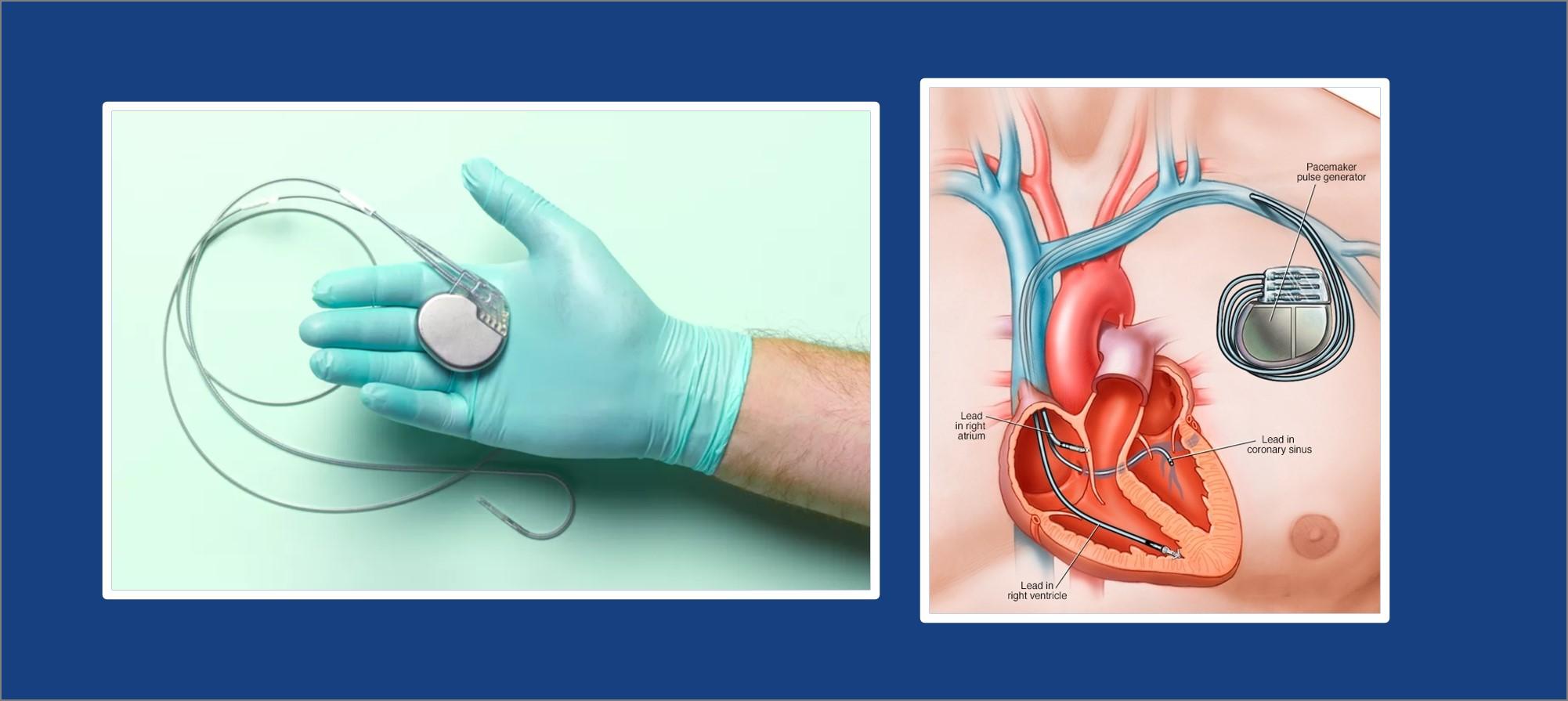What is a pacemaker?
Simply said, a pacemaker is a small device that helps your heart beat in a regular pattern at a normal rate, if it doesn’t do so naturally. A battery in the pacemaker sends pulses of electricity through wires to your heart to stimulate a consistent heartbeat. Pacemakers can be temporary or permanent, depending on your individual condition.
A permanent pacemaker is implanted directly into the chest while a temporary pacemaker is worn externally.
Why would you need a pacemaker?
A pacemaker may be inserted in order to stimulate a faster heart rate when the heart is beating too slowly, and causing problems that cannot otherwise be corrected. These problems are called as heart rhythm problems. Some examples of heart rate and rhythm problems for which a pacemaker might be inserted include:
Bradycardia (too slow heart beat)
Tachy-brady syndrome (alternating fast and slow heartbeats)
Heart block (when electrical signal is blocked or delayed)
Who needs temporary pacemaker and who needs a permanent one?
If you have a temporary problem with heart rhythm, you may need just a temporary pacemaker. Your doctor can attach a small device to your skin that sends an electronic signal to your heart.
If you have serious heart rhythm conditions as mentioned above, your cardiologist may suggest for a permanent pacemaker installation. If the electrical pathway described above is interrupted for any reason, changes in the heart rate and rhythm occur that make a pacemaker necessary.
Pacemaker implantation – Procedure
It’s a simple procedure — nothing like an open-heart surgery. Your doctor will probably give you a local anesthetic and make a small cut underneath your collarbone. Then, with the help of an x-ray machine, your doctor will guide the lead or leads through your veins to the appropriate place on your heart.
Doctor will then slip the pacemaker into the slot below your collarbone. The incision will be sewn up, and you will probably be able to go home the next day.


